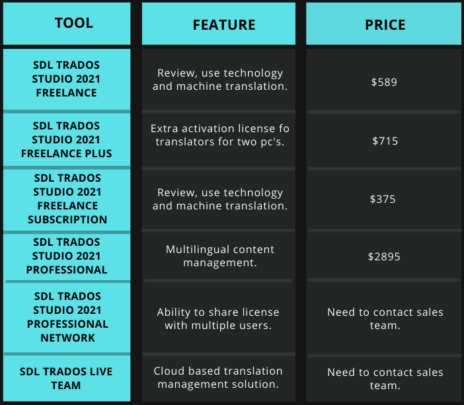Google Translate and ChatGPT Good Enough for Translating Kids ...

Google Translate vs. ChatGPT for Translating Pediatric Discharge Instructions
When it comes to translating pediatric discharge instructions, a recent study compared the effectiveness of Google Translate and ChatGPT with professional translations for languages like Spanish, Brazilian Portuguese, and Haitian Creole. The findings revealed interesting insights into the proficiency of these translation tools.

Professional Translations vs. Online Tools
The research indicated that while Google Translate and ChatGPT performed admirably in Spanish and Brazilian Portuguese translations, they faced challenges with Haitian Creole. Professional translations excelled in preserving information, maintaining the original intent, readability fluency, and minimizing the risk of harmful mistranslations in Haitian Creole.
Preference for Google Translate and ChatGPT
Overall, evaluators favored Google Translate and ChatGPT in most cases over professional translations. While professional translations were still preferred in some instances, the trend leaned heavily towards the online tools for Spanish, Brazilian Portuguese, and Haitian Creole discharge instructions.

Potential Clinical Implications
The study highlighted the importance of accurate translations in healthcare settings, especially for at-risk patient populations. Inadequate translation of discharge instructions could lead to misunderstandings, missed appointments, and potential healthcare complications, underscoring the need for precise and reliable translation services.
Future Considerations
As machine translation engines evolve, there is potential for improved translation accuracy. However, ensuring the safety, quality, and equity of these tools requires a comprehensive understanding of their capabilities and limitations.
While institutions may rely on human translators and interpreter services, the widespread availability and consistency of these resources remain a challenge. The study emphasized the need for continued evaluation and refinement of machine translation technologies to enhance patient care and outcomes.




















